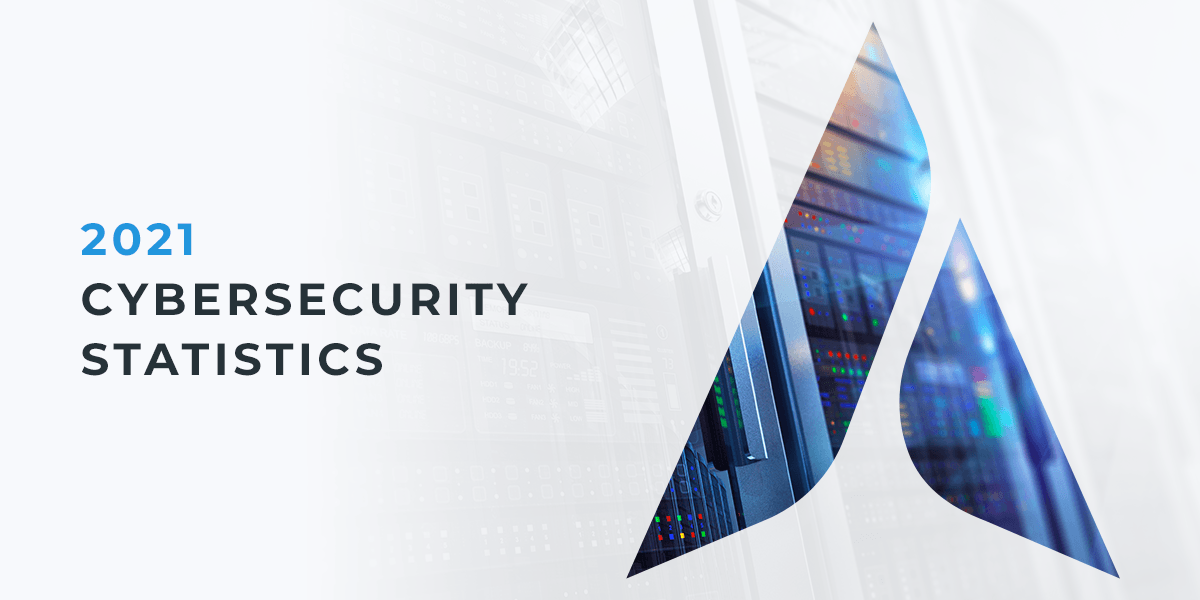Strengthening Cybersecurity in Higher Education
As cybersecurity attacks become more sophisticated, universities and colleges need to develop safeguards for student and institutional data.
The importance of cybersecurity solutions for universities
With extensive stores of sensitive information, higher education campuses are an ideal target for attacks. Universities and colleges have access to various types of data, including:
- Personal information.
- Medical records.
- Financial data.
- Intellectual property.
- Research findings.
- Social security numbers.
Campuses are also at a high risk of security breaches due to their accessibility. Information is meant to be freely shared and available at these institutions, but unsecured sharing practices can leave digital spaces open for attack. Beyond that, faculty and staff can typically access campus systems remotely, increasing opportunities for criminals to attack through unsecured wireless networks.
The most significant risk universities and colleges face is untrained users. Students, faculty, and staff who don’t know how to protect their networks or devices can lead to attacks that affect the entire school.
Higher education campuses need to create adequate cybersecurity measures to:
- Maintain the trust of students, faculty, and the community.
- Continue smooth operations.
- Protect sensitive data.
- Encourage learning.
- Maintain financial systems.
- Enhance safety.
How to prevent university cyberattacks
University cybersecurity is essential for the protection of students and the institution. Create an effective strategy with these four tips in mind.
1. Identify common attacks
Identifying your institution’s most frequent types of attacks will enable you to develop counteractive measures. Common threats in higher education include hacking, phishing, and ransomware.
2. Design a monitoring system
Develop systems that will help your team identify risks and attacks quickly so you can mitigate and defuse them. Invest in software that will detect potential phishing scams and protect your vital systems from malware.
3. Document your incident response plan
Create an incident response plan that discusses how you will respond to attacks and disruptions. Focus on how you will discover breaches and protect data, then conduct regular tests to ensure your plan works.
4. Educate your end users
Train students, staff, and faculty to empower them to make safe choices. Make cybersecurity a top priority for your institution and emphasize the critical role each member plays.
Discover cybersecurity systems for colleges with Agio
If you need help detecting and responding to cybersecurity incidents, Agio has you covered. Our expert team will ensure you have the data and services you need to protect your information and systems. Learn more about our cybersecurity services today!
Share post
Featured Posts
Connect with us.
Need a solution? Want to partner with us? Please complete the fields below to connect with a member of our team.




